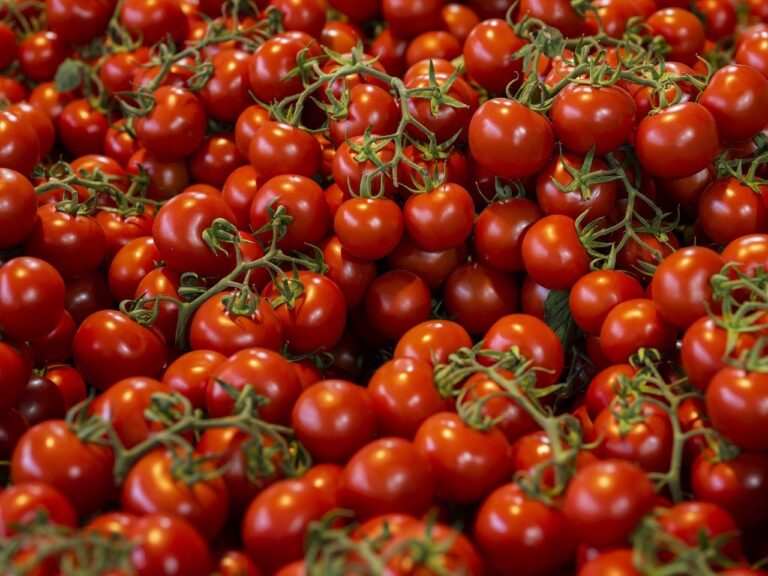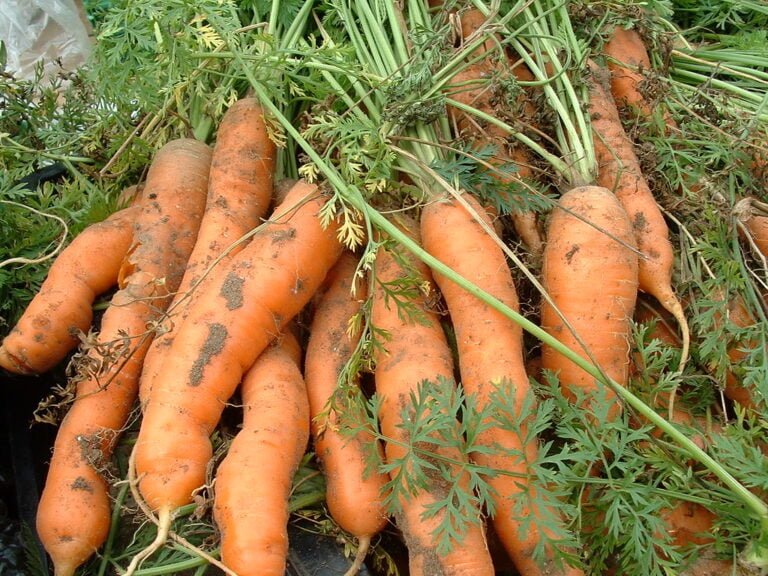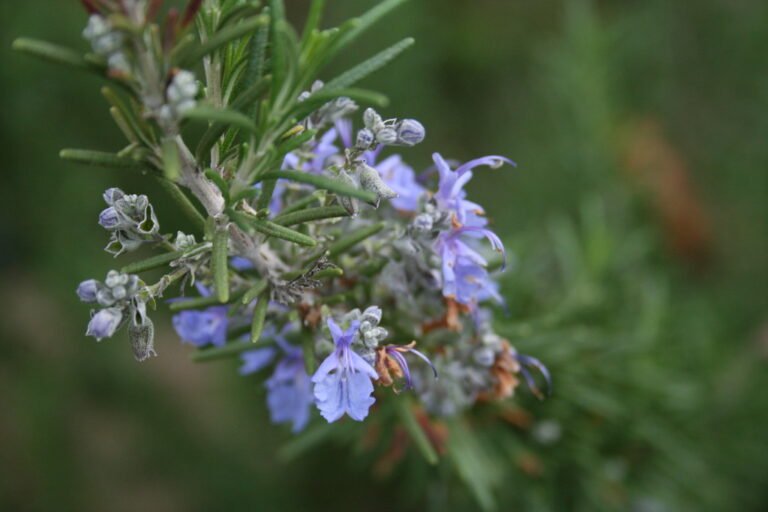Understanding the Best Time to Plant Tomatoes in Georgia
Are you wondering when is the best time to plant tomatoes in Georgia? Look no further! In this article, we will guide you through the optimal planting period for tomato cultivation in Georgia. From understanding Georgia's climate and average frost dates to selecting the right tomato varieties and preparing the soil, we've got you covered. Get ready to grow delicious tomatoes with our practical tips and expert advice. Let's start planting!
Georgia's Climate and Tomato Planting
To successfully plant tomatoes in Georgia, you need to understand the climate and its impact on tomato planting. Georgia has a subtropical climate, which means it has long, hot summers and mild winters. This climate is ideal for growing tomatoes, as they thrive in warm temperatures. The best time to plant tomatoes in Georgia is in late spring, when the soil has warmed up and the risk of frost has passed. This allows the plants to establish strong roots and grow vigorously. It is important to choose tomato varieties that are well-suited to Georgia's climate, such as heat-tolerant varieties that can withstand the intense summer heat. Additionally, providing the plants with adequate sun, water, and nutrients will ensure healthy growth and a bountiful harvest.
Average Frost Dates in Georgia
When planning the best time to plant tomatoes in Georgia, it is important to consider the average frost dates in the region. Frost can be detrimental to tomato plants, so knowing when the last frost date typically occurs can help ensure a successful harvest. In Georgia, the average last frost date ranges from early April in the southern parts of the state to mid-April in the northern areas. However, it is important to note that these are averages and not guarantees. Weather patterns can vary from year to year, so it is always a good idea to keep an eye on the local weather forecast and use protective measures, such as row covers or frost blankets, if frost is expected. By being aware of the average frost dates and taking necessary precautions, you can increase your chances of growing healthy and productive tomato plants in Georgia.
Soil Temperature Considerations
To ensure successful tomato planting in Georgia, you should consider the soil temperature. Tomatoes thrive in warm soil, with the optimal range being between 60 and 85 degrees Fahrenheit. Planting tomatoes in soil that is too cold can result in slow growth, poor fruit development, and increased susceptibility to diseases. Before planting, it is essential to measure the soil temperature using a soil thermometer. Wait until the soil temperature consistently reaches 60 degrees Fahrenheit before planting your tomatoes. In Georgia, this usually occurs in late April or early May. If you are eager to get a head start, you can warm up the soil by using black plastic mulch or row covers. By paying attention to the soil temperature, you can ensure that your tomato plants have the best possible start and yield a bountiful harvest.
Choosing Tomato Varieties for Georgia
Now that you understand the importance of considering soil temperature when planting tomatoes in Georgia, let's discuss how to choose the right tomato varieties for your garden. In Georgia, the climate can be challenging for growing tomatoes, with hot and humid summers and occasional frosts in winter. To ensure a successful harvest, it's crucial to select tomato varieties that are well-suited to the Georgia climate. Look for varieties that have a shorter growing season, as they will be more likely to mature before the intense summer heat sets in. Additionally, choose varieties that are disease-resistant, as diseases such as blight and wilt can be common in Georgia. Popular tomato varieties for Georgia include Celebrity, Better Boy, and Early Girl. By selecting the right tomato varieties, you can increase your chances of a bountiful harvest and enjoy delicious homegrown tomatoes all summer long.
Preparing the Soil for Planting
To prepare the soil for planting tomatoes in Georgia, you should focus on ensuring its nutrient content and drainage are optimal. Start by testing your soil to determine its pH level. Tomatoes prefer a slightly acidic soil, with a pH between 6.0 and 6.8. If your soil is too acidic, you can add lime to raise the pH. Next, add organic matter such as compost or well-rotted manure to improve the soil's fertility and structure. This will provide the necessary nutrients for your tomato plants to thrive. Additionally, make sure the soil has good drainage to prevent waterlogging, which can lead to root rot. You can achieve this by adding organic matter and amending heavy clay soils with sand or perlite. By preparing your soil properly, you will create the ideal environment for healthy and abundant tomato plants.
Transplanting Tomato Seedlings in Georgia
Once you have prepared the soil for planting tomatoes in Georgia, it's time to move on to transplanting your tomato seedlings. Transplanting is a critical step in the tomato growing process as it ensures that your seedlings have enough space to grow and thrive. Start by digging a hole that is slightly larger than the root ball of your seedling. Gently remove the seedling from its container, being careful not to damage the delicate roots. Place the seedling in the hole, making sure that the top of the root ball is level with the soil surface. Fill in the hole with soil, pressing it firmly around the seedling to eliminate any air pockets. Water the seedling thoroughly after transplanting to help settle the soil. Remember to provide proper support for your tomato plants, such as stakes or cages, to prevent them from falling over as they grow. With proper transplanting techniques, your tomato seedlings will have the best chance at producing a bountiful harvest.
Watering and Fertilizing Tomato Plants
Make sure to regularly water and fertilize your tomato plants to promote healthy growth and maximize their potential. Watering is essential for tomato plants, especially during the hot and dry summer months in Georgia. Aim to water deeply, ensuring that the soil is moist at least 6 inches below the surface. This will encourage the roots to grow deep and help the plants withstand periods of drought. Avoid overwatering, as it can lead to root rot and other diseases. As for fertilizing, use a balanced fertilizer with equal parts of nitrogen, phosphorus, and potassium. Apply the fertilizer every 2-3 weeks, starting when the plants are about 6 inches tall. This will provide the necessary nutrients for vigorous growth and abundant fruit production. Remember to follow the instructions on the fertilizer package for proper application rates.
Protecting Tomatoes From Extreme Heat
During the hot and dry summer months in Georgia, it is important to regularly protect your tomato plants from extreme heat to ensure their health and productivity. High temperatures can cause stress to the plants and reduce fruit production. To protect your tomatoes, provide them with shade during the hottest part of the day. You can use shade cloth or even place a large umbrella over them. Mulching around the base of the plants can also help retain moisture and keep the soil cooler. Additionally, make sure to water your tomatoes deeply and regularly, especially during heatwaves. Be mindful of the soil moisture levels and adjust watering accordingly. By taking these measures, you can help your tomato plants thrive and enjoy a bountiful harvest even during the scorching summer months in Georgia.
Dealing With Common Tomato Pests in Georgia
To effectively deal with common tomato pests in Georgia, you need to take proactive measures. Start by inspecting your plants regularly for any signs of pests. Aphids are a common pest in Georgia that can be controlled by spraying a mixture of water and dish soap on the affected plants. Another pest to look out for is the tomato hornworm. These large green caterpillars can be picked off by hand or controlled by introducing natural predators like ladybugs or parasitic wasps. Slugs and snails can also be a problem, especially in damp areas. Use organic slug control methods such as beer traps or diatomaceous earth to keep them at bay. By being vigilant and taking these preventative measures, you can protect your tomato plants and ensure a bountiful harvest.
Harvesting Tomatoes at the Right Time
Inspecting your tomato plants regularly and taking proactive measures against common pests in Georgia is crucial for a successful harvest. However, knowing when to harvest your tomatoes is equally important. When the fruits are fully ripe, they will have vibrant colors, such as deep red or bright orange, depending on the variety. Gently squeeze the tomato to check its firmness. If it gives slightly under your touch, it is ready to harvest. Another indicator is the aroma. If the tomato smells sweet and fragrant, it is likely ripe and ready to be picked. To harvest, hold the fruit gently and twist it off the stem. Be careful not to damage the plant or other fruits. Harvesting tomatoes at the right time ensures the best flavor and texture, providing a delightful addition to your meals.
Conclusion
So, if you're planning to plant tomatoes in Georgia, it's important to know the best time to do so. Considering the average frost dates and soil temperature is crucial for a successful harvest. Choosing the right tomato varieties for Georgia's climate and preparing the soil properly are also key factors. Additionally, watering and fertilizing the plants adequately and protecting them from extreme heat are essential for their growth. Lastly, being aware of common tomato pests and knowing when to harvest your tomatoes will ensure a bountiful crop. Happy gardening!






